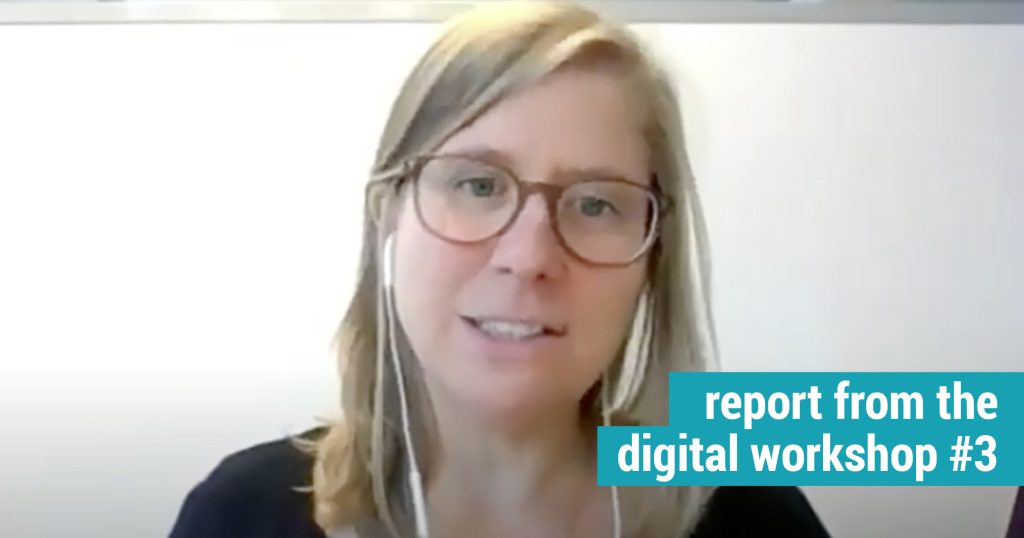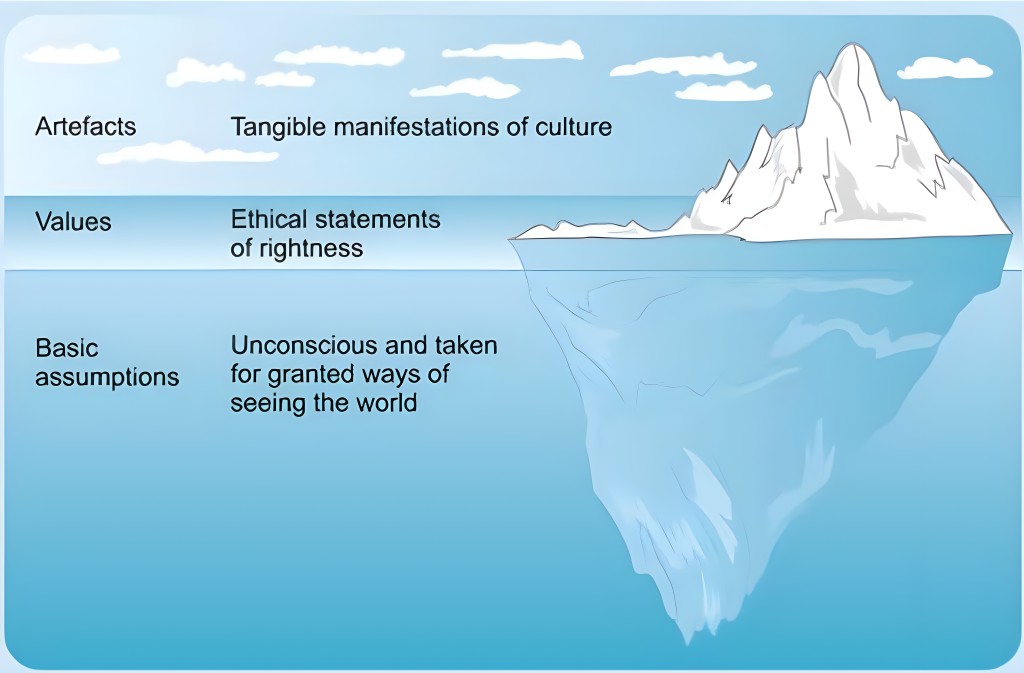
Workshop by
Workspace Futures Senior Design Researcher and Environmental Psychologist Steelcase
Given such a dynamic VUCA and COVID world, businesses and organizations needed to rapidly swerve to a distributed and remote workforce while simultaneously giving considerable thought to the future role of the office. What will be the “new normal” or what will be the best-fit hybrid work model? However, given the compelling research of Beatriz Arantes, her colleagues and other experts in the field of Environmental Psychology, possibly the greater focus should be on better understanding “Why Coming Together Matters.”
Ms. Arantes explored the nature of human interactions in organizations and how meaningful, authentic and “sticky” interactions can hold organizations together — their “social glue.” This clearly points to the significance of culture, and as Peter Drucker stated, “Culture—no matter how defined—is singularly persistent.”
To explore the significance of culture one might look at the seminal work of Edgar Schein. The Culture Iceberg Image

is used where above the water line is the explicit culture: artifacts, practices, spaces, roles, objectives, planned meeting. And what happens below the water line, below immediate consciousness are the tacit things: norms, rituals, behavior patterns, expectations, and unplanned encounters. And even deeper down are latent aspects of culture: values, beliefs, assumptions, subconscious, discoveries, emergent — things that only through interaction, conversations and arguments we can discover and make to emerge.
So “coming together really does matter” because it helps individuals, teams and organizations to more easily go below the water line. A 2021 Microsoft study about interactions during the COVID lockdown provided some very important insights:
1. formal business groups and informal communities became less interconnected and more siloed,
2. share of collaboration time with cross-functional groups dropped twenty-five percent,
3. separate groups became more intra-connected and insular, and 4. Microsoft’s organizational structure became less dynamic.
Over time, as valuable and important networks shrink, there is a real risk to the loss of effective collaboration across teams, particularly when innovation depends on interdisciplinary thinking and diversity. So one can see that when time is not invested in speaking with one another, outside of explicit meetings, the result is a lack in social connections and trust — both necessary to have those transparent, important and difficult conversations that can bridge the gap of understanding. Data does point to the fact that team members really do have to be “intentional” about how they come together and actively expand their collaborative connection circles. The research by Thomas Allen at MIT — The Allen Curve has also shown that those persons who sat closest together were the ones who interacted the most — proximity and intention do matter.
There are very important things that do not necessarily come together explicitly, and in a recent McKinsey Study employees were asked why they would leave their company and look for another job: 1. having caring and trusting employees, 2. flexible work schedule, 3. valued by manager, 4. sense of belonging, 5. valued by organization, and 6. potential for advancement. These are known as cultural “sticky interactions” orthose that can better allow for teams and individuals to be successful and are “below the water line” cultural elements.
Coming together really matters — over time, and without active contact, relationships tend to “unstick” and have a tendency to drift apart. And the implications for leaders — a clear opportunity to be very intentional about what are the initiatives, the efforts, the mechanisms that bring people together and create “sticky bonds” between individuals, within teams, between teams and within the whole organization.
A number of points were noted as one considers how best to achieve meaningful interactions/relationships:
1. identifying one’s network (people, teams, ecosystem, support network),
2. understand the interactions that make those connections important,
3. defining the “moment of magic”, the one that makes the glue,
4. recalling the previous interactions and moments with that person/group that enabled that moment to happen, and
5. listing the interactions would you like to continue having post COVID, which ones are more important, and which ones might you consider eliminating.
There are a number of focus areas in caring for one’s organization and community:
1. culture — people and behaviors,
2. reinforcing/building rituals/processes (policies and knowledge and build that into the work day),
3. providing the tools (digital and analog), and
4. work space — what does it look like (allowing for choice and control) and having informal areas that allows sticky behaviors to happen.
When you literally make space for things then you allow for a little bit of the stuff from below the waterline to more easily bubble up to the top and become a visible, viable and become a vibrant part of the organization’s culture — a win-win.
As leaders there is clear benefit for yourself, your teams and your organization in identifying what those key interactions are that need to be acknowledged and supported — they are part of what makes one’s organizational culture both compelling and successful.
About the Author:
Mark Béliczky is President and CEO of ProHome LLC and is Chartered Manager and a Fellow at the Strategic Management Forum, and a member of the American Academy of Management and the Peter Drucker Society Europe. He holds a faculty position at Georgetown University, and lectures at other universities in the US and Europe.
https://www.linkedin.com/in/beliczkyseniorexecutive/
This article is one in the “shape the debate” series relating to the 13th Global Peter Drucker Forum, under the theme “The Human Imperative” on November 10 + 17 (digital) and 18 + 19 (in person), 2021.
#DruckerForum

